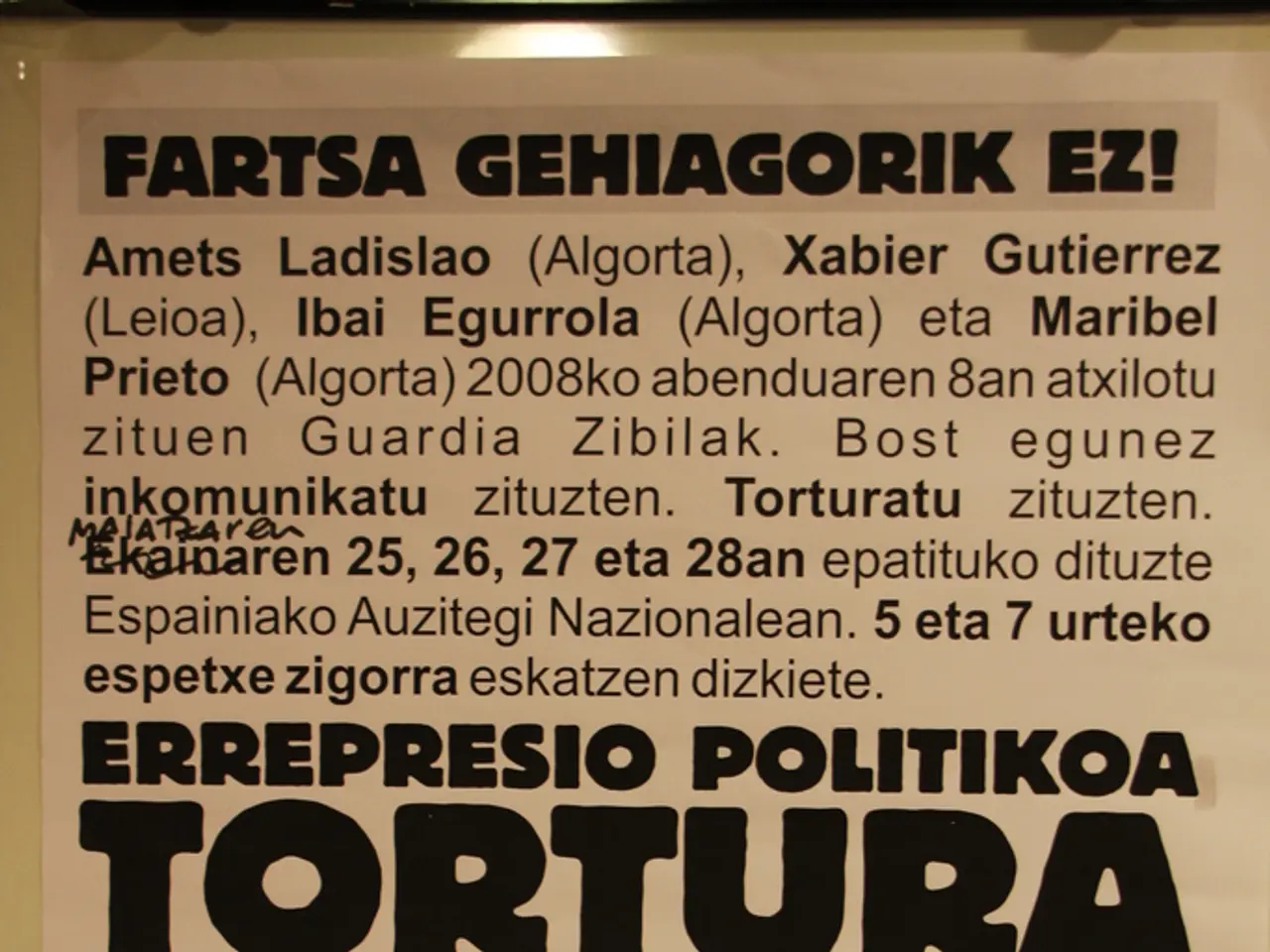Dictator Porfirio Diaz of Mexico Incited a Revolution in 1910 by Employing His Authority to Aid Rebellion
Porfirio Díaz, born in 1830 to a poor, indigenous family in Oaxaca, rose to become one of Mexico's most influential figures. His journey began as a seminary student before he joined the military, where he emerged as a military hero during the French Intervention.
Díaz's political savvy played a crucial role in his ascension to power. In 1876, he overthrew President Sebastián Lerdo de Tejada in a coup d'état and declared himself president of Mexico. His rule, known as the "Porfiriato," was marked by widespread modernization efforts across Mexico.
However, Díaz's authoritarian rule contributed to inspiring the Mexican Revolution in 1910. His regime was characterized by increasing wealth disparity, political repression, and social inequality. He consolidated power through a policy of "bread or club," suppressing dissent systematically and controlling elections to keep himself in office for over three decades.
Díaz strengthened and modernized the military and expanded the Rurales (rural police) directly loyal to him. This military and police control bred resentment among the populace and the army itself by the revolution's outbreak. The "Porfiriato" also favored elites and foreign investors, worsening conditions for peasants, indigenous communities, and the working class.
The social inequalities and political repression created by Díaz led to widespread dissatisfaction and unrest among different social groups who sought democratic reforms, social justice, and an end to Díaz's prolonged dictatorship. The authoritarian government inspired cultural resistance, exemplified by José Guadalupe Posada’s "La Catrina," a satirical skeleton figure that mocked the Mexican elite’s denial of indigenous roots and symbolized rebellion against Díaz’s authoritarianism.
Overall, Díaz's long-term suppression of political freedom and social inequalities created the conditions for a broad-based revolutionary movement in 1910 seeking to overthrow his dictatorship and achieve greater political and social justice. The Mexican Revolution, ultimately culminated due to Díaz's rule, marked a significant turning point in Mexico's history.
[1] Brunk, J. R. (2015). The Porfiriato: Politics and Society in Mexico, 1876-1910. University of Oklahoma Press.
[2] Hale, J. M. (2005). Mexico: The Porfiriato and Beyond. Cambridge University Press.
[3] Meyer, J. L. (1999). The Origin of the Mexican Revolution. Cambridge University Press.
[4] Vaughan, A. (2009). The Story of Mexico. Oxford University Press.
- The "Porfiriato," a period of widespread modernization led by Porfirio Díaz, was marked by politics that consolidated power through authoritarian means, contributing to social unrest and general news reports of increasing wealth disparity, political repression, and social inequality.
- The Mexican Revolution that erupted in 1910 was, in part, fueled by general news about the political and social injustices under Porfirio Díaz's regime, including the suppression of political freedom, social inequality, and the favoritism towards elites and foreign investors, which led to widespread dissatisfaction among various social groups.








